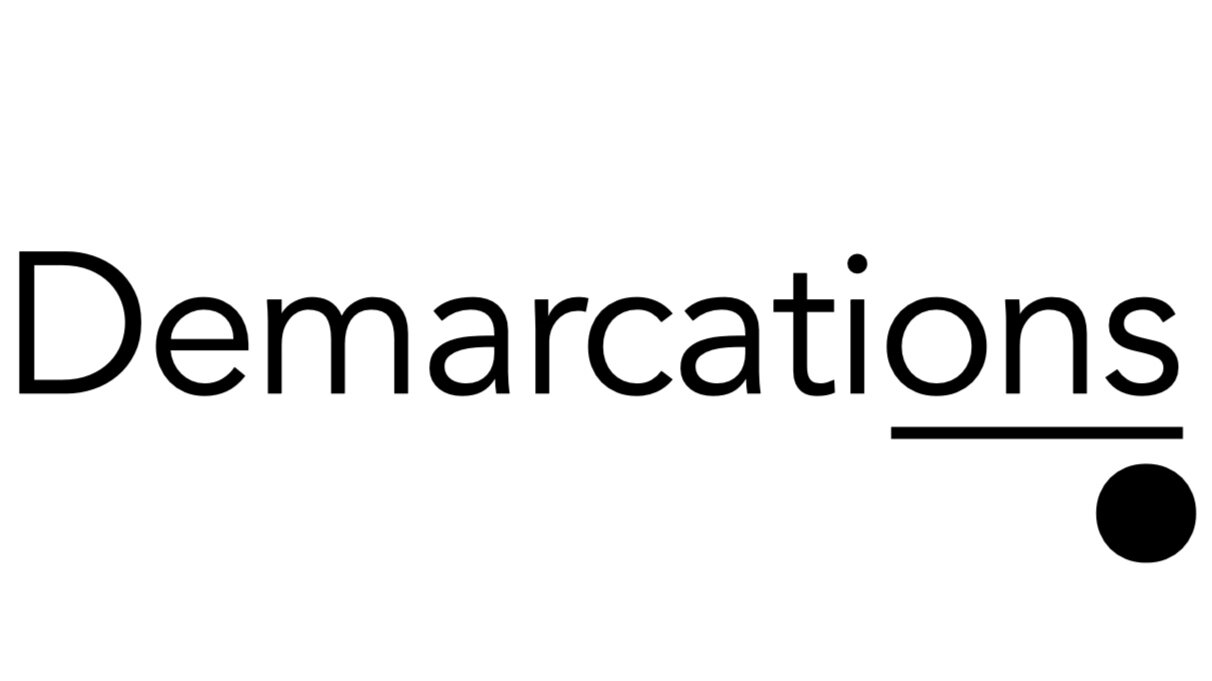I had an enjoyable conversation today with a trusts and estates lawyer. She is very good about generating regular email newsletters for her clients, and I was curious about the application she uses. I was somewhat interested in the product myself -- it had a lot of appealing features. Not only did it have extensive email functions, it included a customer relations management tool and some interesting database features.
To my surprise, this attorney hated it.
She described spending many hours trying to learn all the complicated features and still needed to invest additional time to get the desired results. She was set to "downgrade" to a product with fewer features.
I think a lot of lawyers can recount similar experiences, especially those willing to experiment with new technology. They waste a lot of time learning how the tool works, only to discover that it works poorly or does a lot of stuff they don't need it to do. They discover the product is feature rich, but the features are incomplete and awkwardly executed. And, of course, each new feature entails potential conflicts and bugs.
The converse also seems true. Simple but well executed applications are a joy. Elegant solutions are satisfying.
When I got the iPhone, for example, I initially was disappointed by the inability to customize. And, when compared to my BlackBerry, certain features seemed to be missing. Over time, however, the missing features have translated into improved usability, flatter learning curves -- and frankly, fun. What I really need is included and done well. As a result, I'm more efficient and less frustrated.
Heavy technology users want to customize applications and they reflexively search for new features. We think of customization as a way to better match the application to our idiosyncrasies. We want features to maximize utility. But in reality, this isn't about optimization. Usually we customize and employ features just to make applications work, as compensation for poor design.
Technology consumers should resist their initial impulses -- our instincts have been mistrained. Forget about the nifty features. Find something simple that actually works.
D. Mark Jackson
